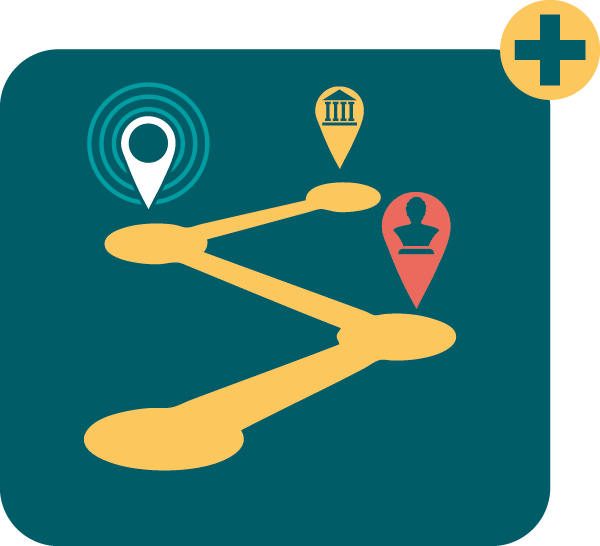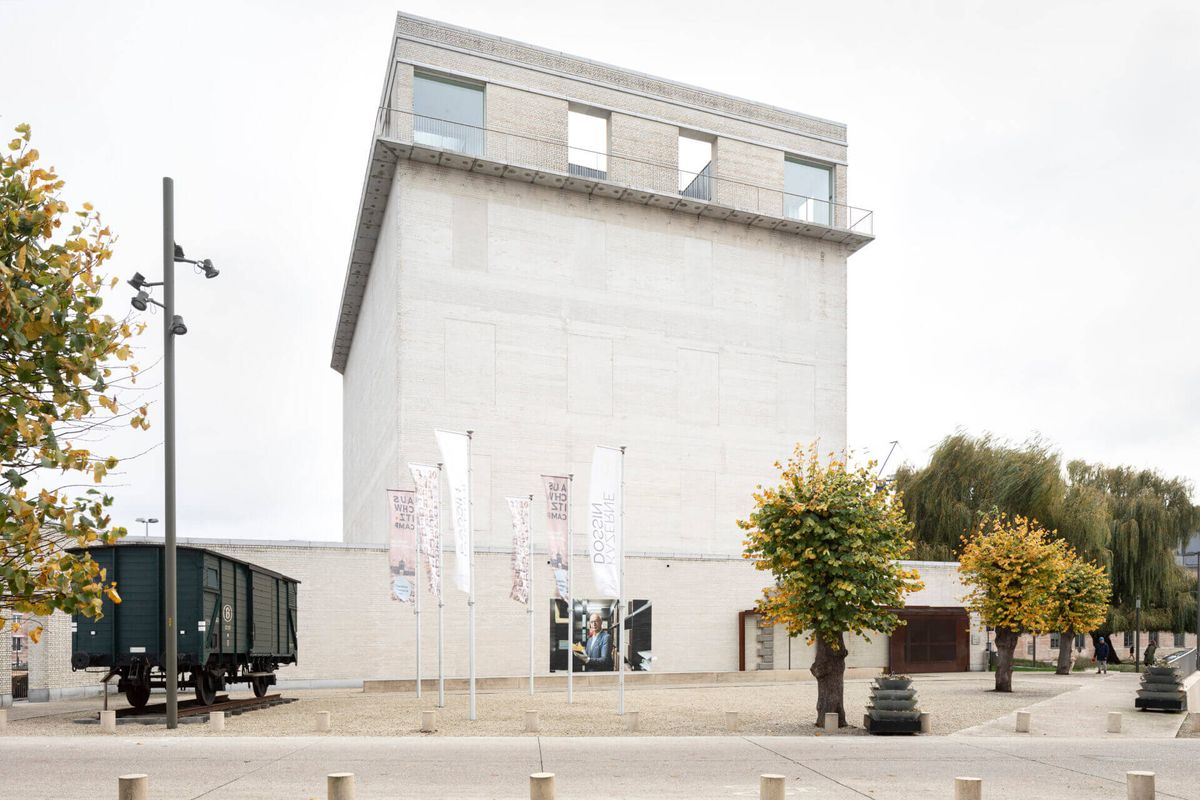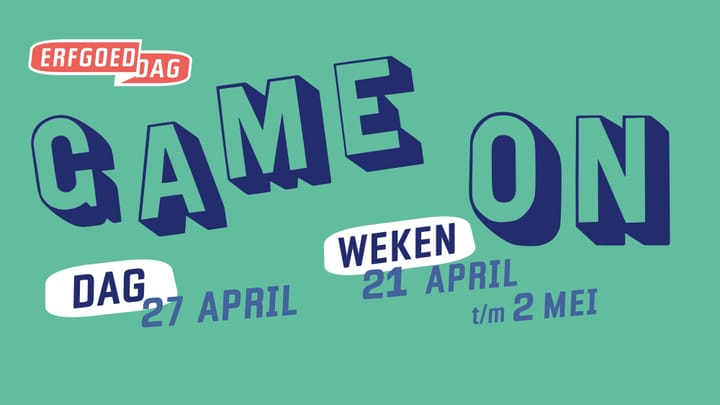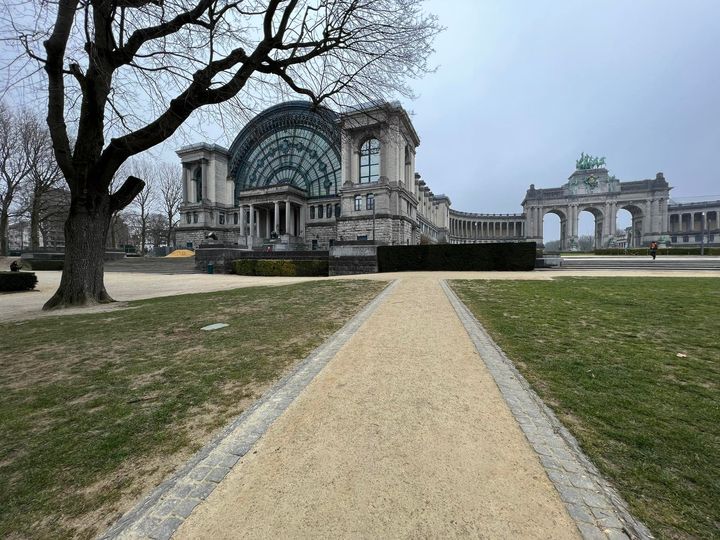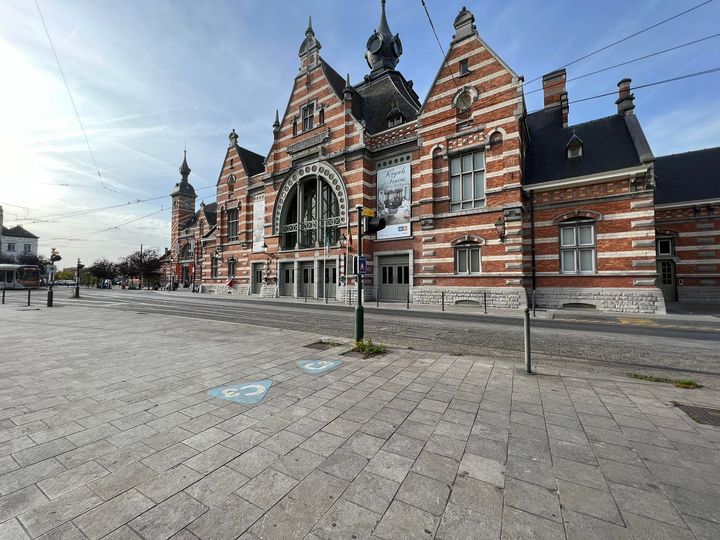Together with the ErfgoedApp , Kazerne Dossin recently developed a tour intended for high school students aged 15 and up. We visited the museum and, through "Kazerne Dossin: What's New?", learned about the war past in a new way.
A dark page in Belgium's wartime history
As a memorial, museum and research center on the Holocaust and human rights, Kazerne Dossin has been an established presence in the heritage landscape for many years. The historical story of the Second World War and the persecution of the Jews leaves no one unmoved and runs like a thread through the museum and the permanent exhibition. Belgium was not spared from the Holocaust either, a black page that must continue to be told. Also to young people.
As a young visitor, you and your companions start on the panoramic roof of Kazerne Dossin on the fifth floor. In bad weather, you can observe the view from behind the large windows. While looking at the original barracks you will learn what role the building played during the deportations between 1942 and 1944. The tour teaches you that there were 25,843 prisoners in the barracks. Only 5% of these people would survive the war.

Natan Ramet: a gripping testimony about perseverance and survival
The ErfgoedApp now takes you to the third floor. Before you continue, the app warns you that a very gripping part of the exhibition is coming up. If you follow the tour, the most shocking images will not be featured. Want to view them anyway? Then be sure to take a teacher or adult with you!
You'll see the huge photo wall that stretches over as many as five floors. Next, you'll look for the photo of Natan Ramet. He was a Jewish man who survived the Holocaust and later co-founded the Jewish Museum of Deportation and Resistance, the forerunner of Museum Kazerne Dossin. You will learn why his photo does appear in color and what happened to his family during the persecutions. Natan recounts his experiences as a seventeen-year-old at Kazerne Dossin, his deportation to Poland and his horrific memories of Auschwitz-Birkenau. You will learn about the practices used in the concentration camps and what techniques the Nazis used to dehumanize and disempower their victims. Through Natan's gripping testimonies, memories and heirlooms, you will learn about the excruciating life in the camps.

Still on the third floor, you continue the story after the liberation and the end of World War II. In another testimony, Natan recounts his experiences upon his return to Antwerp. Stories are also told of victims who did not survive.


The power of images: propaganda and polarization
Starting on the second floor, the tour informs you about the importance of media and propaganda. After all, posters, pamphlets, radio and television programs have a great influence on how people view society.

You will explore the use of media and propaganda by Nazi Germany, as well as by the Belgian resistance. 'Kazerne Dossin: What's New' shows how anti-Semitic propaganda caused an increase in violence against Jewish civilians. In addition, the tour zooms in on the difference between propaganda and advertising, which is a very important distinction. Various examples are used to explain the characteristics of propaganda and how to recognize them. A great value for young people who are also confronted with this kind of information today.

Masses and media
On the second floor, the exhibit explains how Hitler and his supporters used censorship and mass media to win supporters. The tour emphasizes how Hitler tried to convince the population of Nazi ideas. You will also see how he capitalized on the crowd and used it to gain power. All these elements help young visitors realize how important the power of a crowd and the media can be.

In addition, you will also learn more about the living conditions at the time, giving you insight into how those hateful messages were able to get a grip on people's thinking and actions.

Never forget
The gripping tour ends where it began: at the big picture wall. You look these people in the eye one last time, remembering the information about persecution, racism, anti-Semitism and propaganda.
The "What's New?" tour is a highly moving, educational and interactive tour that informs young people in an approachable way about the power of propaganda, which was used during World War II. By starting with the story of the violence and persecution towards Jewish citizens and then exploring how it could have come to this, Kazerne Dossin hopes that young people will better understand the power and effect of mass media and hate campaigns. Past and present.

